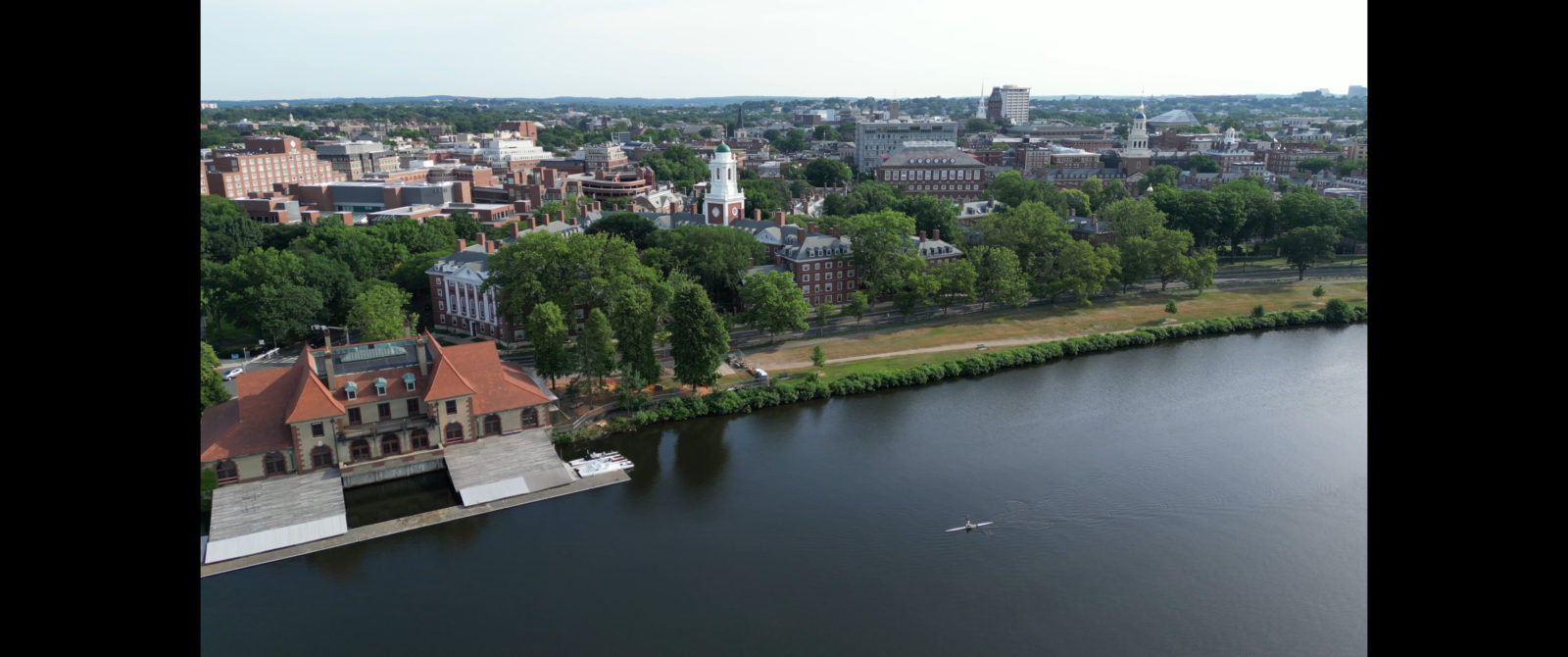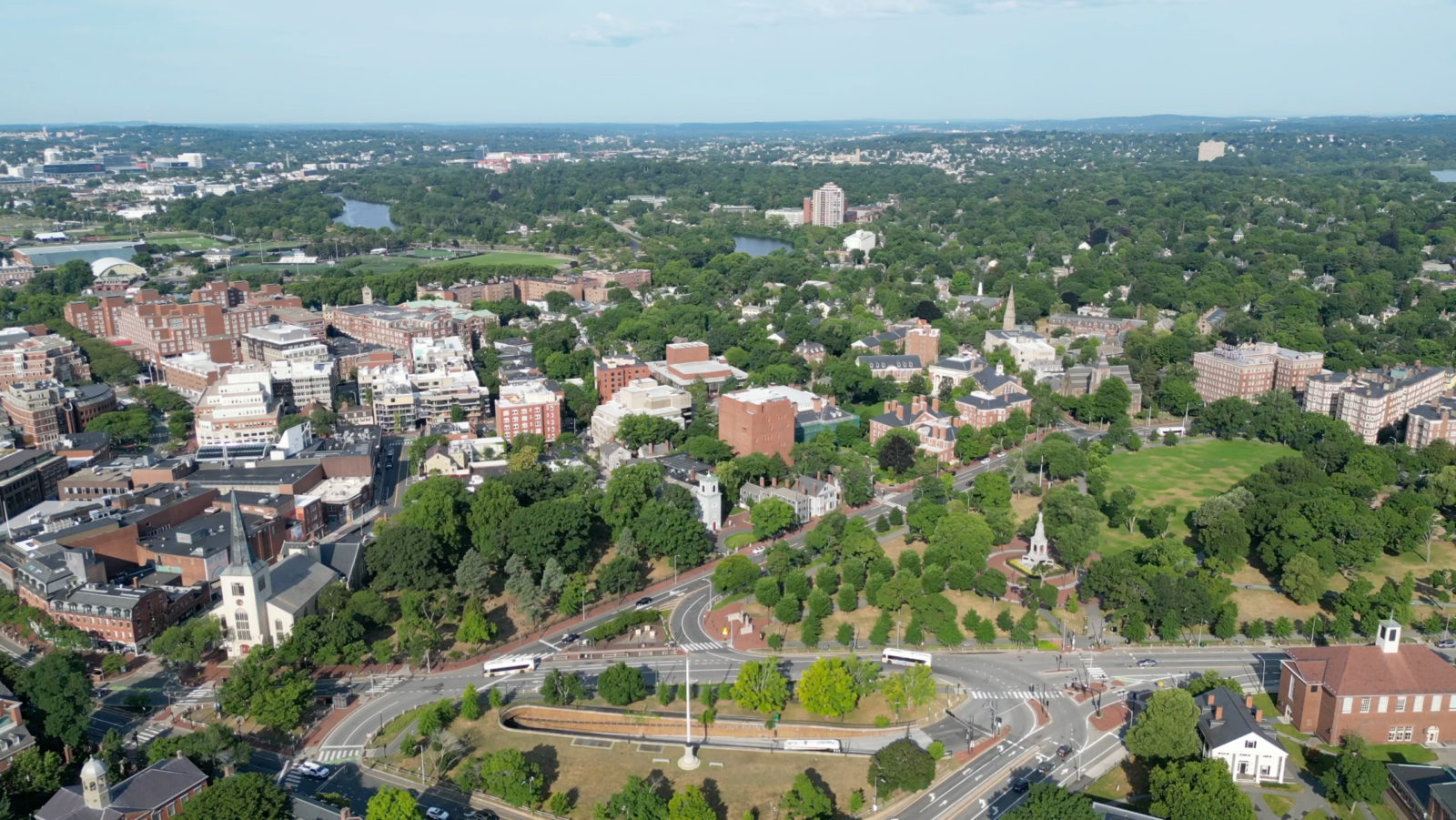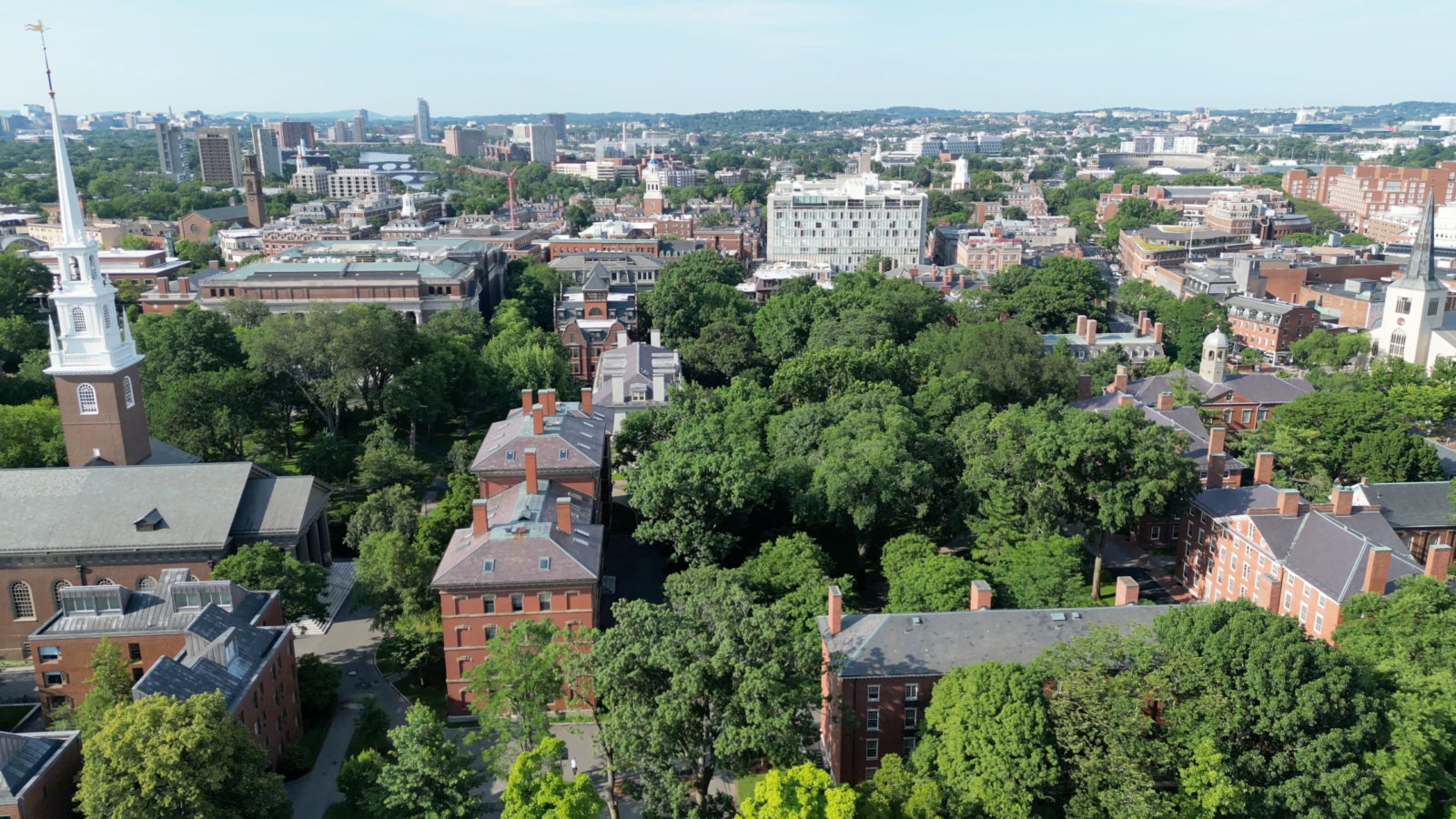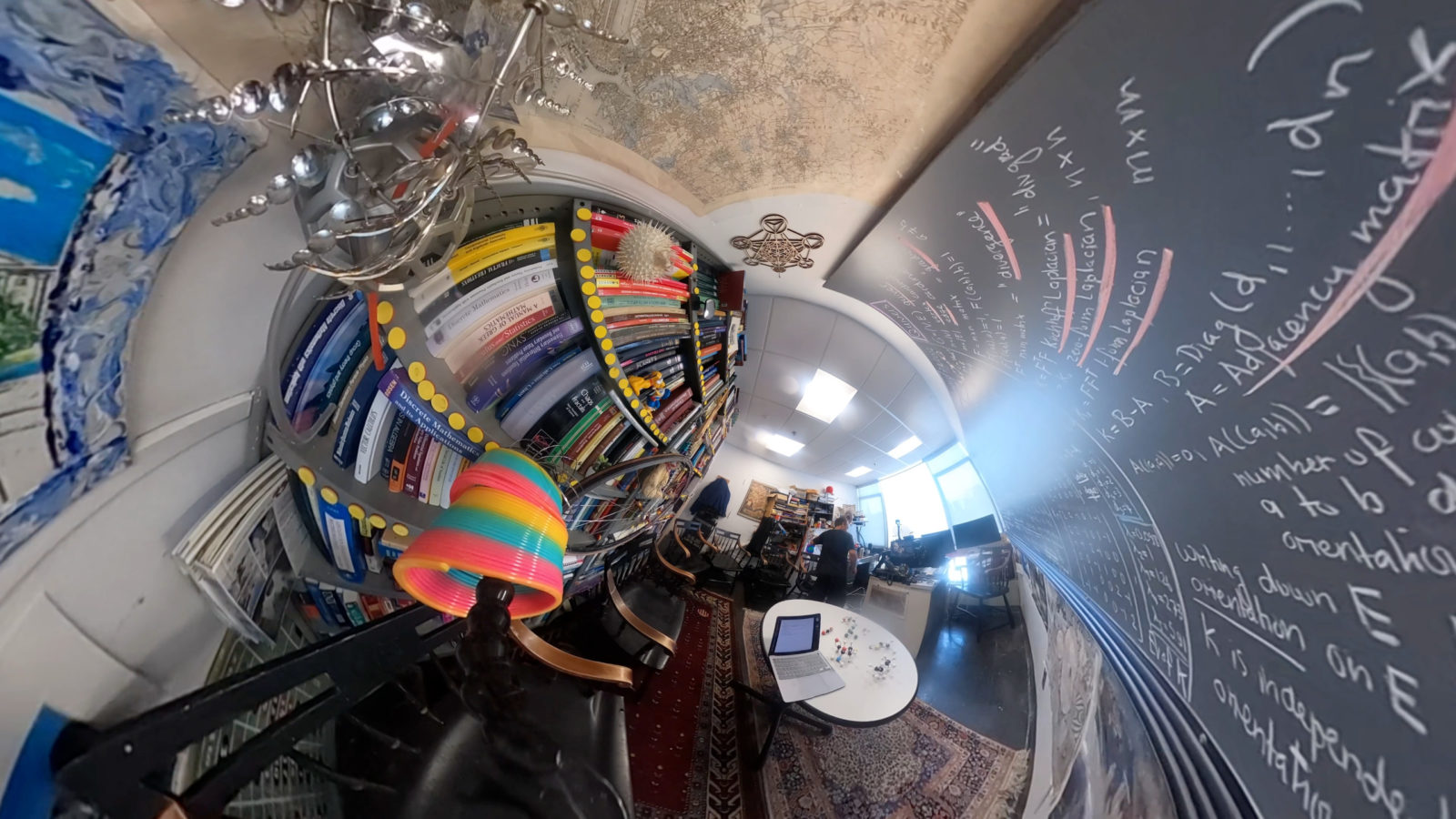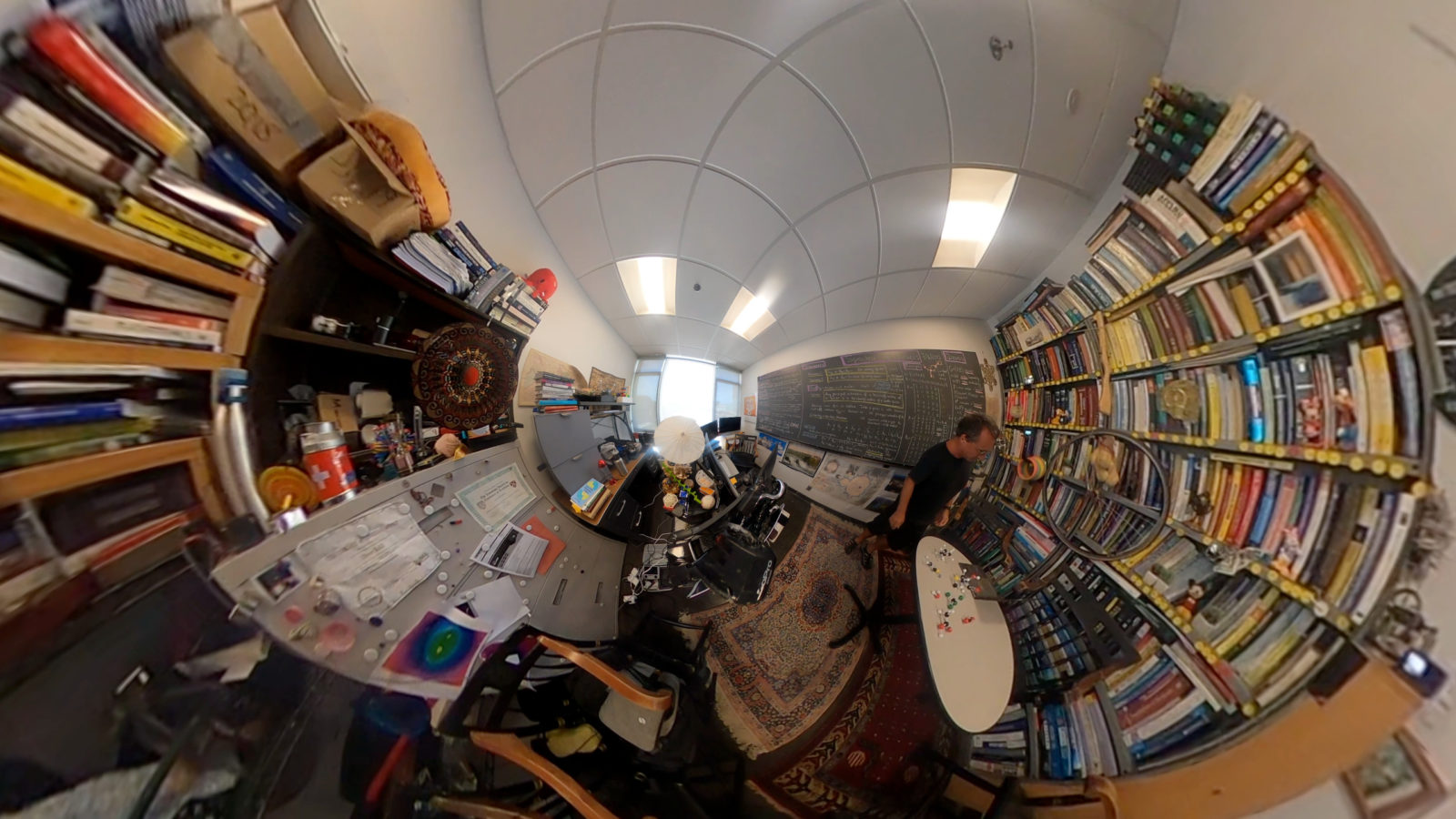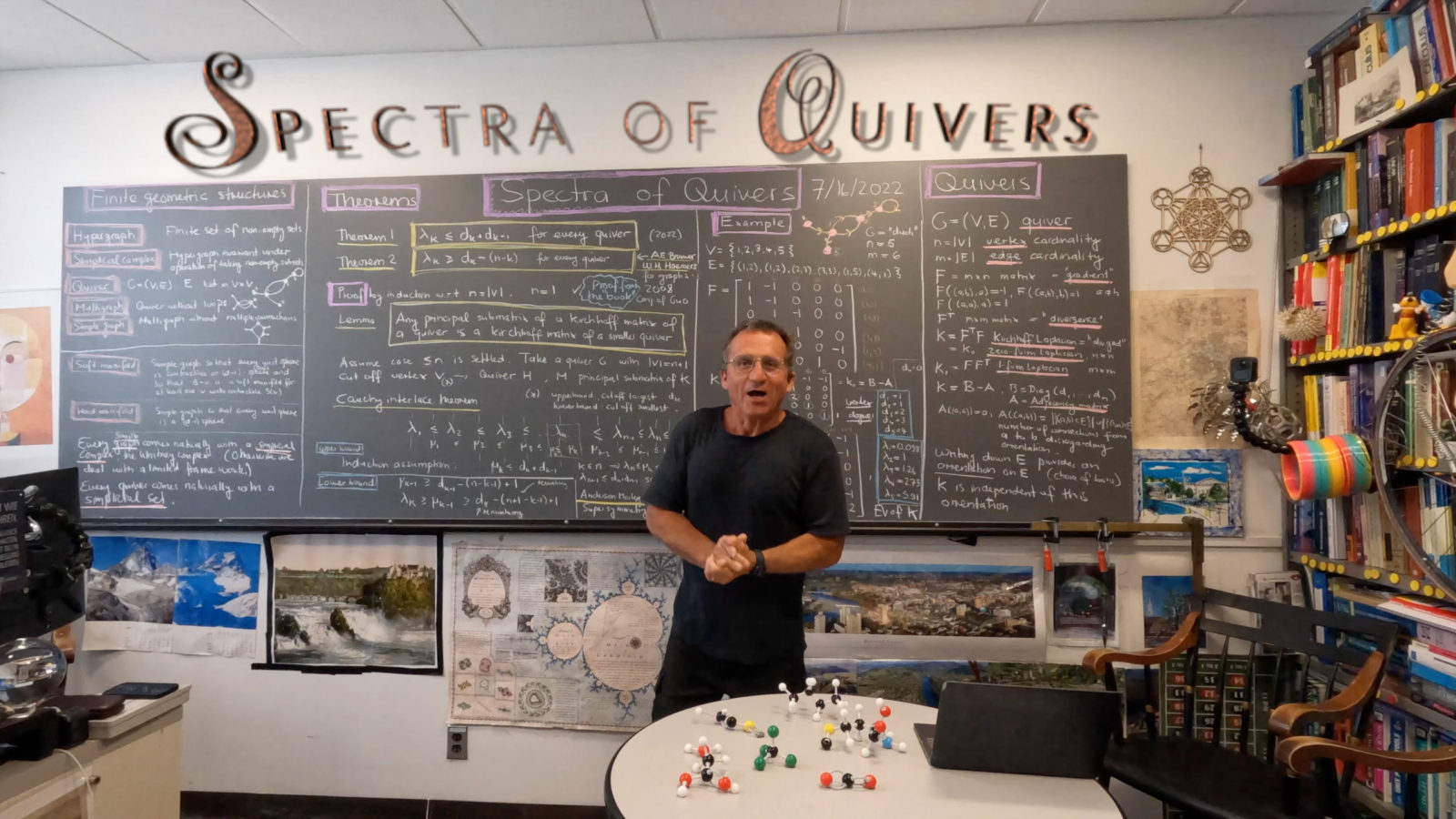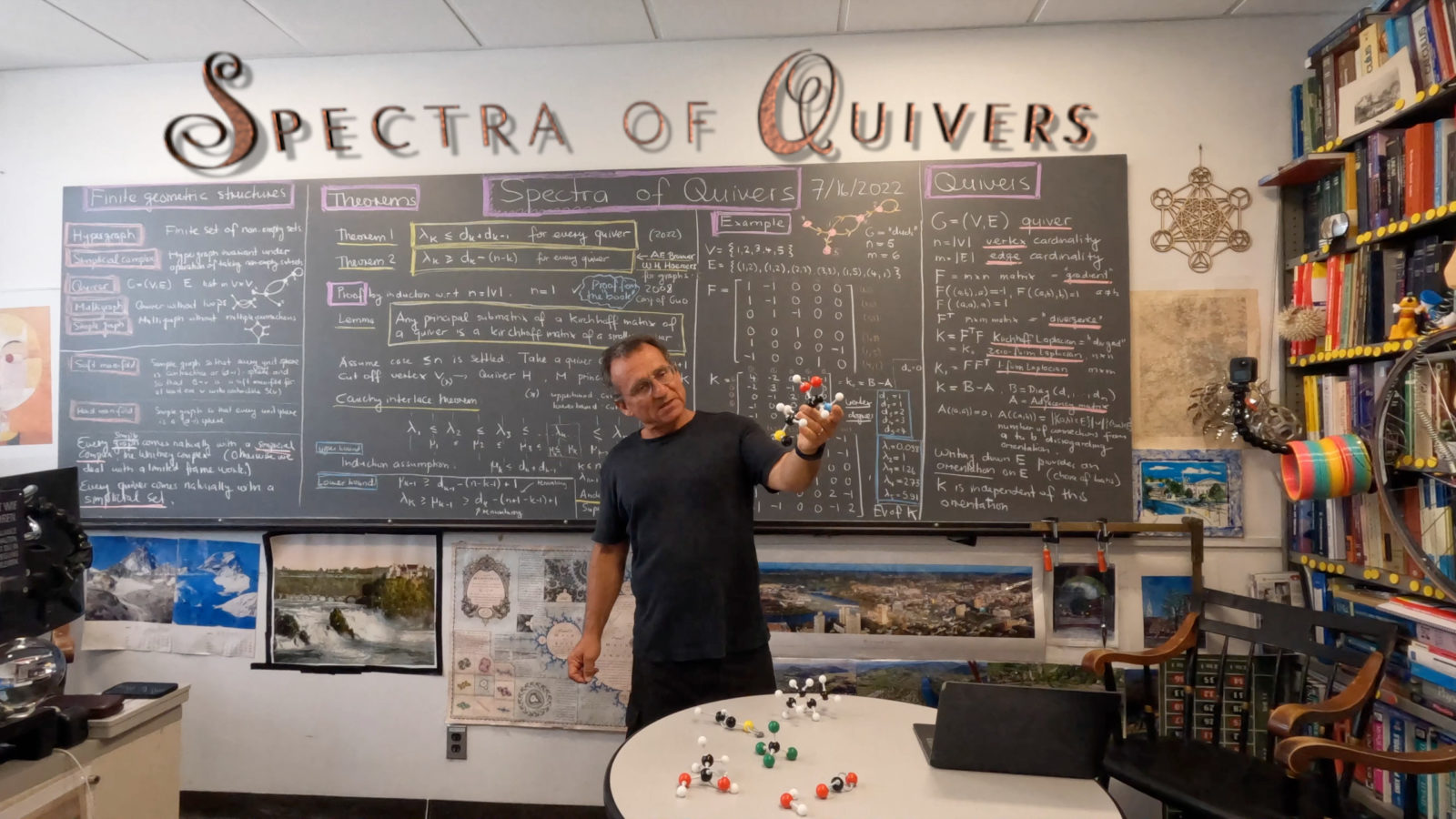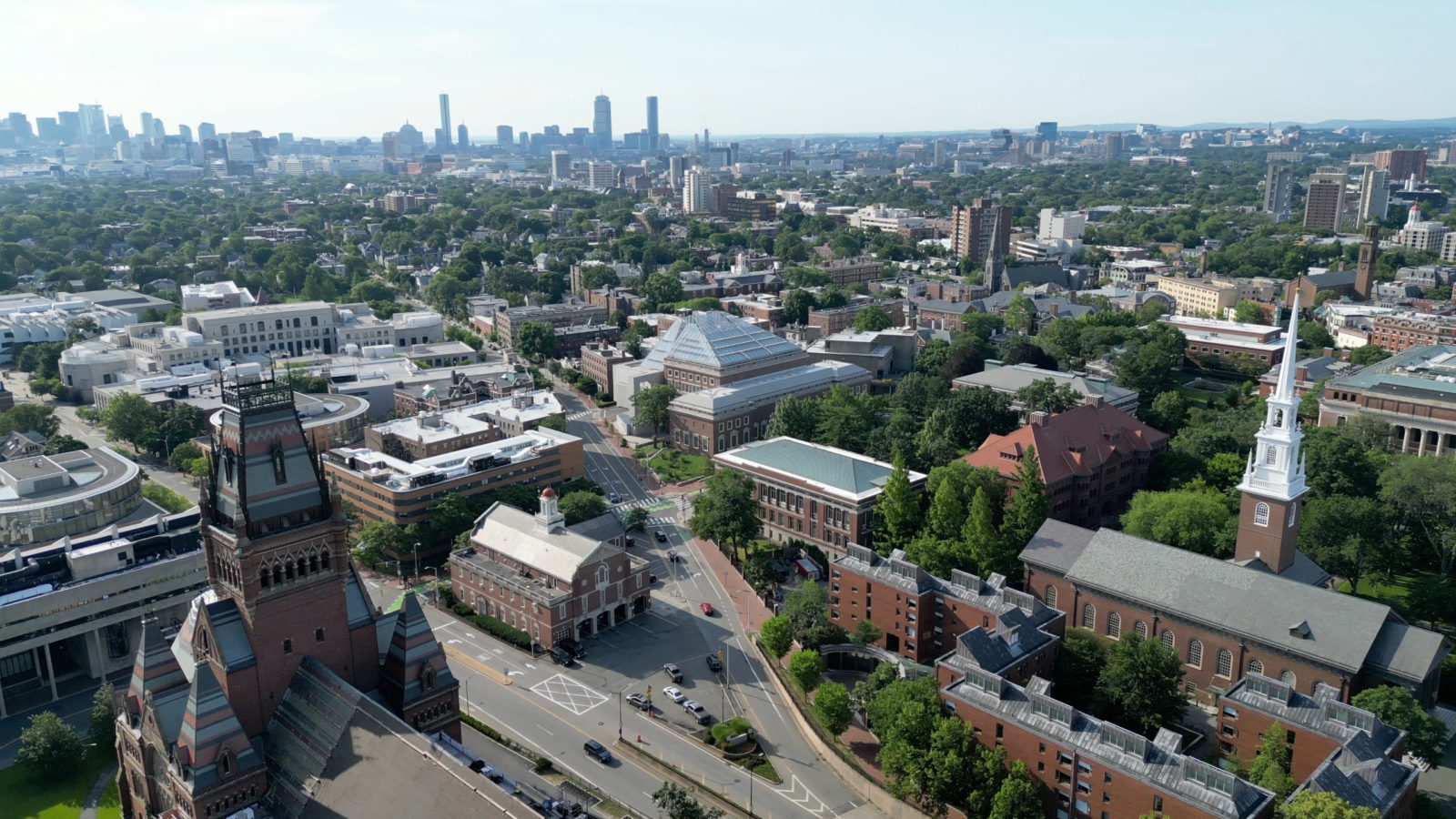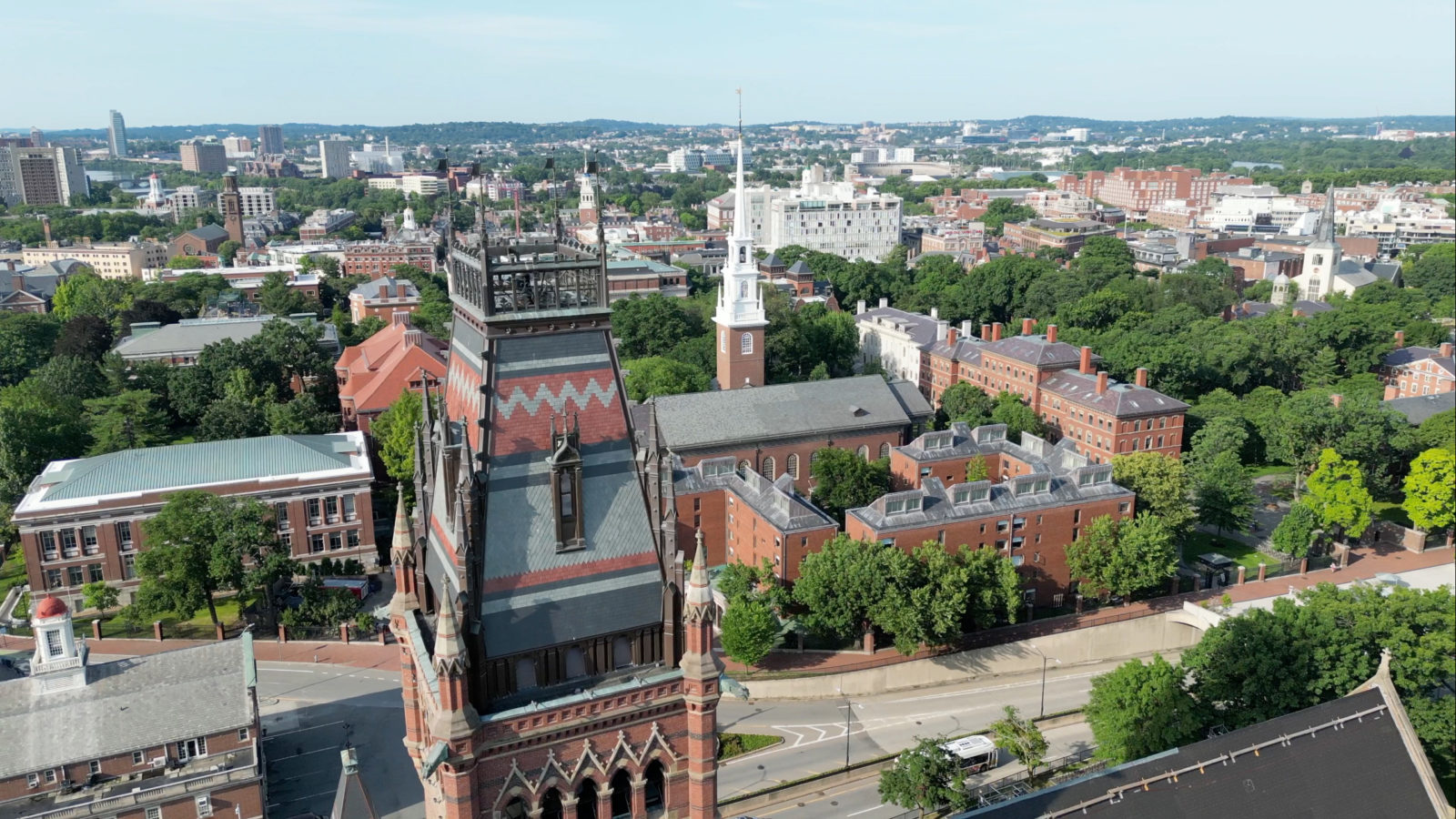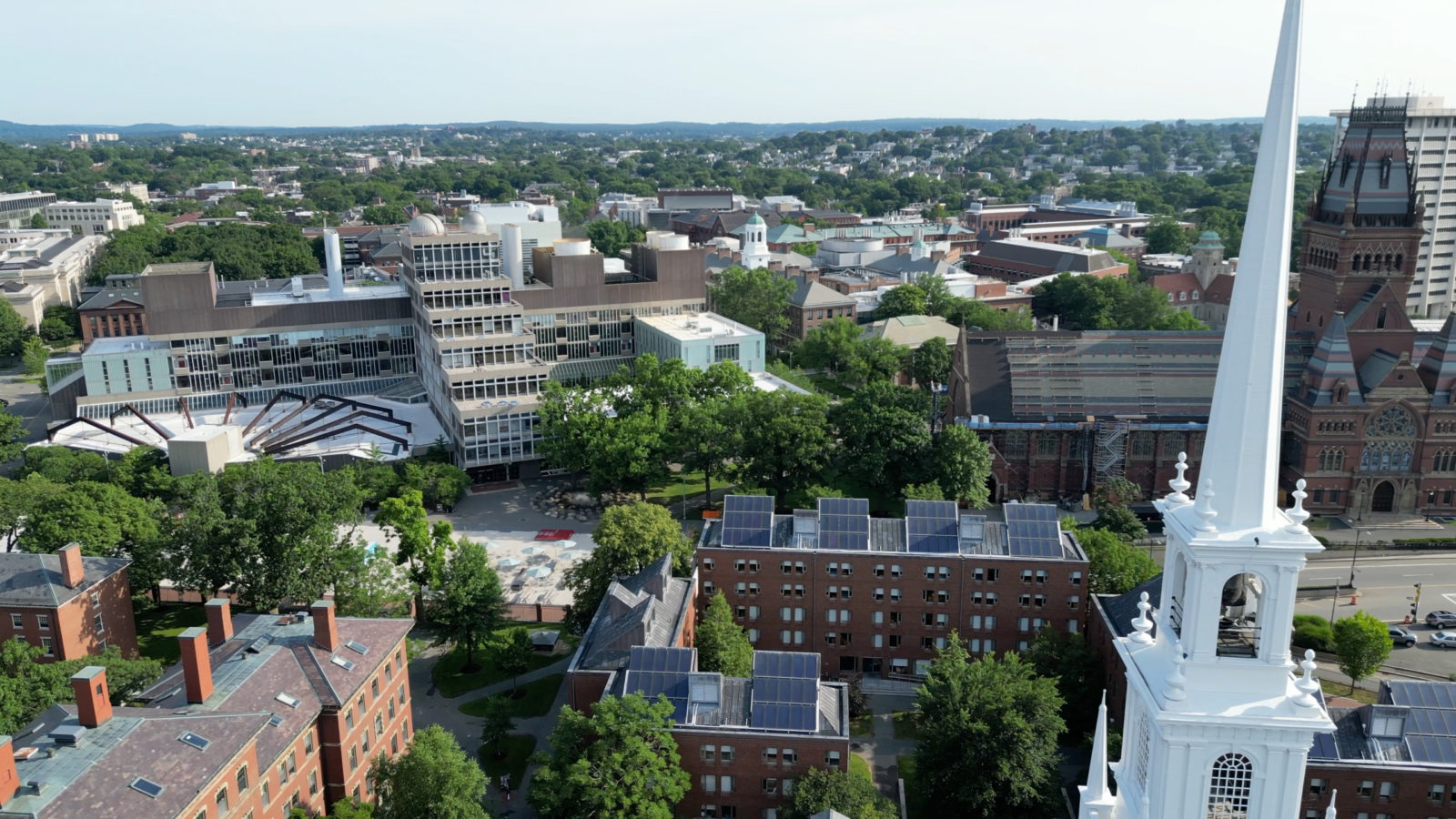Quiver Terminology
Quivers are finite graphs (V,E) in which also multiple connections or loops are allowed. V is a finite set and E is just a finite set of pairs (a,b) with a,b in V. Now (a,a) loops are allowed as are multiple occurrences of the same entry (a,b). The most common nomenclature is to have SIMPLE GRAPHS MULTI GRAPHS
QUIVERS, where in MULTIGRAPHS no self loops are allowed yet. Quivers are very natural as they often appear in applications: Feynman diagrams in physics (particles and interactions), molecules in chemistry (atoms and bonds), trading networks (companies and flow of money), street networks (towns and streets), categories (objects and morphisms). QUIVERS form a category on their own. When writing down a quiver the edges are automatically equipped with a direction so that technically they can also be considered as directed graphs. When thinking like a geometer, we are mostly interested in properties which are independent of the orientation however. This is also the case for graphs. Given a finite simple graph G=(V,E), we do not assume any orientation given but in order to do computations, we impose some arbitrary orientation of the edges. Like in geometry, a choice of a basis or coordinate system should is irrelevant for many notions, this also is the case for graphs. We impose for example an arbitrary orientation on simplices to define the incidence matrices which then in turn define the Dirac operator
which then defines the Hodge Laplacian
which decays block diagonally into form Laplacians
whose spectral properties are independent on the initial orientation chosen on the simplices. Note that imposing orientations on simplices by no means means to have an orientable structure. Graphs are orientable only if the maximal simplices can be equipped with a consistent orientation. Orientability for example is a prerequisite for Poincare Duality for discrete manifolds (or soft manifolds which I have talked about earlier and which of course have the same cohomologies like usual manifolds). I really like finite simple graphs because they are very intuitive. I have mentioned this before but this is not meant in the rhetorical sense like Grothendieck telling that schemes are of infantile simplicity but as a teacher who has used graphs in examples in basic introductory courses and never, ever has any student had difficulty to understand what a network is in principle [one can not tell that about subjects like finite abstract simplicial complexes, where even textbooks totally suck in defining it: there is no need to introduce the base set V for example when talking about finite abstract simplicial complexes, and don’t get me even started where simplicial complexes are defined using geometric realizations in Euclidean space. This is a categorical betrayal because we actually might find out one day in a few hundred years that ZFC or axiom systems using the axiom of infinity are inconsistent]. Every kid literally knows what a network is and has seen street networks or family trees etc. This is one reason, why I prefer also to talk about graphs rather than simplicial complexes or CW complexes, even so for a mathematician, a finite abstract simplicial complex is axiomatically even simpler to describe than a graph: it is a finite set of non-empty sets which is closed under the operation of taking finite subsets. There is only one axiom. Even for finite simple graphs, there are more assumptions, like that we have nodes and connections and that no multiple connections, nor loops are allowed but graphs have the advantage of already built in intuition. This is a bit less the case for quivers. They are technically simpler than finite simple graphs: we do not have any restriction axioms telling us that we are not allowed to have multiple connections or that we can not have self loops. They are also historically natural because one of the first graphs which has appeared historically was the Koenigsberg graph which is a kite graph with two adjacent nodes doubled up. As mathematicians we would describe the Koenigsberg graph as
. There are no self loops yet. The 7 edges in E are the 7 bridges of Koenigsberg, two of the nodes are islands in the river and the other two nodes represent the two sides of the river. One of the islands is connected to either side with 2 bridges. The name quiver of course comes from the pictorial representation of a bow quiver even so technically, if you look up pictures of quivers, there are no self loops. Anyway, it is a nice name and unlike multi-graphs which are not uniformly defined (some assume loops, some don’t), the notion of quivers seems to be quite settled. It is important in representation theory for example.
Spectral Theory of Quivers
What I realized last week is that quivers have a Kirchhoff matrix in the same way than finite simple graphs. I like the notation
for the exterior derivative but in a linear algebra setting with real matrices in a Cauchy-Binet setup, I also like to write the incidence matrix d with a capital letter F as I did in my paper on Cauchy Binet. There is an other reason why I now expermient with switching notation in this paper: it is because
is a custom notation for the vertex degree of a node. Notation is always an issue if one deals with topics which appear in different contexts. The matrix
definitely should be thought of as the gradient. If (a,b) is an edge, and f is a function on nodes, then grad(f) = f(b)-f(a) and this is algebraically just written as F f. What happens now and this makes the spectral upper bound theorem much easier to prove is that if we take the Kirchhoff matrix of a quiver and we take a principal sub-matrix, we again get the Kirchhoff matrix of a quiver. So, it is natural to prove the upper bound theorem directly for the larger class of quivers rather than for finite simple graphs and artificially extend the class of matrices by closing them with respect to the principal sub-matrix operation (as I did in my paper on the spectral upper bound so far). The proof collapses now down to a proof from the book meaning that there is no way we can even make it simpler. In my presentation from last Saturday, I did not talk about lower bounds but there is a lower bound
of Brouwer-Haemers which is true for almost all graphs (there is an exception for a complete graph with a couple of isolated points but the Brouwer-Haemers bound holds for all
. It is just the obvious eigenvalue
in the graph case where it can fail.). Theorem 2 which I wrote down on the board is a by 1 lower bound (which is not optimal for most graphs) but which has the advantage that it can be proven in a similar way like the upper bound. The bound
however holds not only for all graphs but also for all quivers. Take n=1 and k=1 for example which means that we have a node with
loops attached. Now
which is sharp. Like the Anderson and Morely bound for the largest eigenvalue (spectral radius), we need to verify the lower bound universally only in the case k=1, meaning to deal with the node with minimal vertex degree in the graph. I did not talk about this in the presentation below yet:


